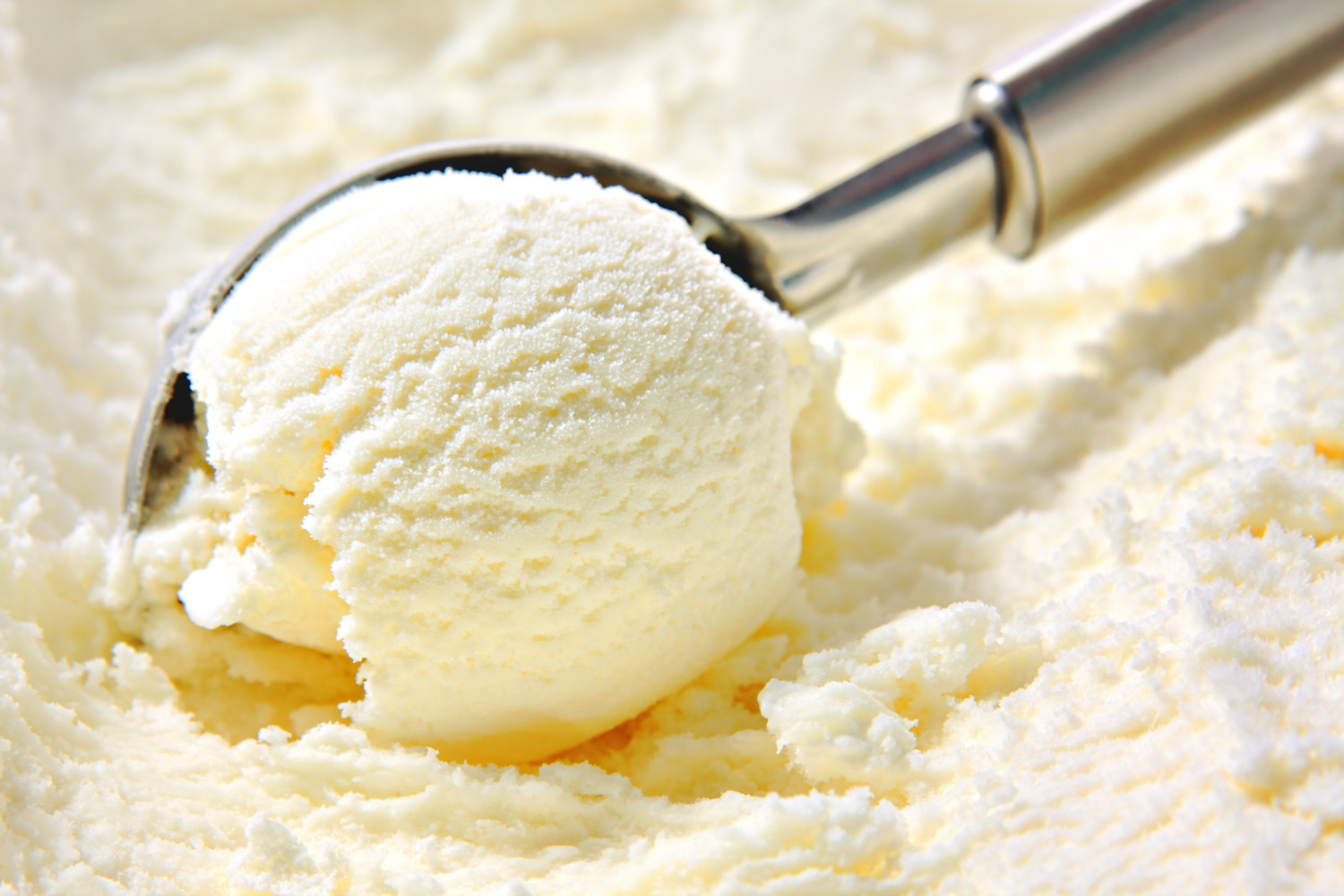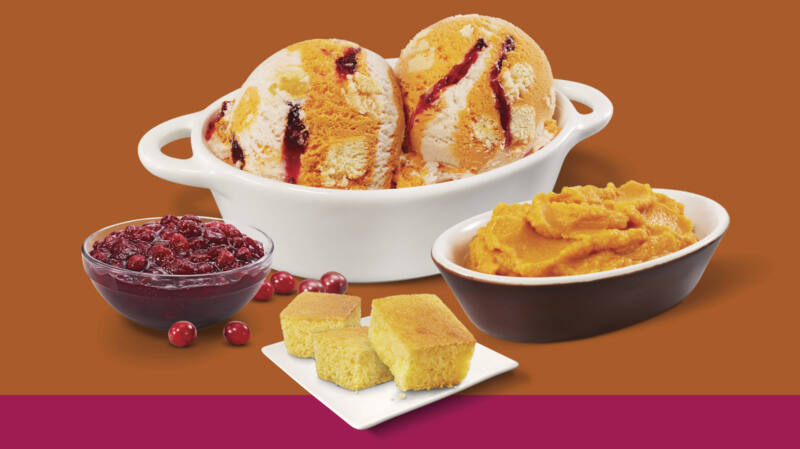What’s the difference between custard and ice cream?

It’s a blazing summer day, and you are craving a cool, creamy treat. As you drive around or search online looking for the perfect indulgence, you spot a frozen custard drive-through and an ice cream parlor. You might wonder if one would be better than the other. Is there even a difference between custard and ice cream?
While they are both cool, sweet, dairy products, ice cream and frozen custard are not identical.
A brief history
According to Country Living, ice cream is much more ancient than frozen custard and can be traced back to Alexander the Great’s reign in the 3rd century B.C.E., although the modern technique for making it dates to about 1850. Frozen custard was invented in Coney Island and debuted nationally at the 1933 Chicago World’s Fair.
What are they made of?
The primary difference between custard and ice cream is how they are made, including the ingredients used to make them.
The basic ingredients in ice cream are milk fat, milk solids, sweeteners, stabilizers (such as guar gum or xanthan gum), emulsifiers (such as monoglycerides or polysorbate 80), water and flavorings. Ingredient ratios vary by brand and recipe, although the U.S. Department of Agriculture standard for ice cream is that it contains no less than 20% total milk solids, constituted of not less than 10% milkfat.
Frozen custard is also made using the same basic ingredients in ice cream, but there is one additional element that makes it noticeably different. To be true custard, the Code of Federal Regulations stipulates it has to be at least 1.4% pasteurized egg yolk. While some manufacturers use eggs in their ice cream, a recipe that contains anything less than 1.4% is still just ice cream.
Nutrition
As far as nutrition goes, the difference between custard and ice cream is minimal. Frozen custard might have a bit more protein and calcium than ice cream does, although this largely depends on the recipe used. If you have an egg allergy, you should definitely avoid custard. Of course, it is essential to find out whether a particular brand of ice cream contains eggs if you have an allergy, as well.
Texture and Consistency
Custard does have a creamier texture due to the presence of egg yolks and the fact that ice cream is churned with air to produce a lighter and fluffier product. Frozen custard, on the other hand, is churned in a machine that incorporates very little air. Scott Borkin of Kopp’s Frozen Custard in Milwaukee, speaking to Insider, said that ice cream melts more quickly while custard “goes on your palate and it’s gonna stay there longer.” It’s also kept and served at a higher temperature than ice cream, according to Ollie’s Frozen Custard.
Whether this is better than ice cream is purely a matter of taste.
Other Frozen Treats
Gelato is another dairy-based dessert made with cream and sugar. Because gelato is not churned as quickly as ice cream is, it has less air, making it silkier and denser than ice cream. It also has a lower fat content than ice cream does.
Frozen yogurt contains milk, sugar and yogurt cultures. After pasteurizing the milk and sugar at high temperatures, yogurt makers add the cultures to the mixture and let it rest before freezing it. Although typically lower in fat than ice cream, frozen yogurt often contains more sugar. However, it may also contain “good bacteria,” known as probiotics. Frozen yogurt is creamy, sweet and a little tangy.
All in all, whether you pick custard, ice cream or another cold, creamy treat, you really can’t go wrong. Which one is your favorite?







